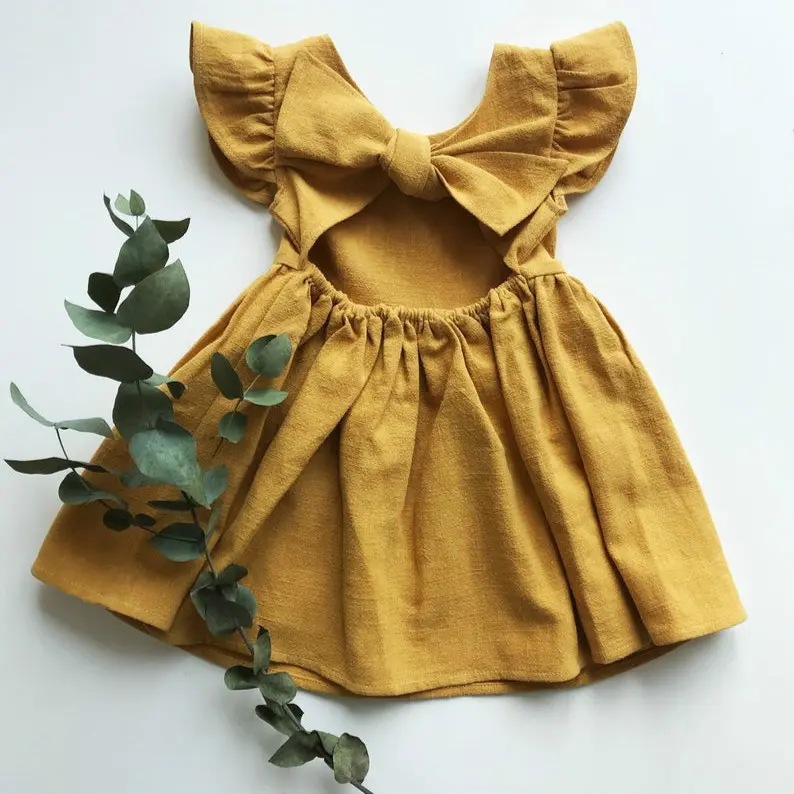Interpretation term: button phonetic: niǔ kòu For more information, please update: China Button Industry Network
We select fabrics, the quality is guaranteed, you can rest assured to buy. Fabric testing, layer by layer checks. The fabric is soft and breathable, not stuffy. Simple and stylish.
We have Girls Jacket, Girls Vest on sale, you can choose according to your needs. We use high-quality fabrics to create Girls Peacoat, Girls Knitted Coat and other products. Welcome customers to come to consult.
Girls Blazer,Kid'S Suit Jacket,Kid'S Blazer Jacket,Children Blazer Dongguan Yumuran Garment Co.Ltd , https://www.onemovingkidsjacket.com
Side radicals: Basic explanation [button] The small spherical or flaky objects used for fastening on the clothes are explained in detail in small balls or flaps that fit into the buttons.
Yuan Guan Hanqing’s second set of “The Month of the Windâ€: “Until a dark day, he refused to change his clothes; he untied the rabbit Hu and separated the buttons.†Wei Wei’s “Oriental†Part IV Chapter 16: “He†The button in his neck is buckled, and the windy buckle is buckled."
Overview In ancient Rome, the initial buttons were used to make ornaments, and the clothes used pins. In the 13th century, the role of buttons was the same as today. At that time, people had understood how to open buttonholes on clothes. This approach greatly increased the practical value of buttons. In the 16th century, buttons were popularized.
In China, buttons can be traced back as early as 1,800 years ago. The initial buttons were mainly stone buttons, wooden buttons, and shell buttons. Later, buttons and button buttons made of fabric were developed. The knotted buttons have played a major role in the history of the development of our clothing, from the initial clothing functional fasteners to the clothing decoration transition. The Chinese style button is the button form of our country's traditional clothing. It is a kind of fancy buttons that are spliced ​​into thin strips and formed into various shapes. The Chinese-style disc buckles are sleek, exquisite workmanship, and they are just like a variety of arts and crafts. It can be said that China's clothing and gardens are unique in their uniqueness. Chinese dish deduction has the same use value as other buttons. It is used more for decoration and beautification of clothing, especially for national costumes, and reflects the beauty of the clothing. What impresses people most is the deduction on the “Tang costumeâ€.
Who invented the button?
Buttons are the clothes that humans often escort. Its use has been more than 6,000 years old. As early as 4000 AD, the Persians of Iran’s ancestors had already made buttons with stones. China’s Zhou Dynasty has begun to adopt the blouse under the blouse. Both men and women wear two pieces of clothes under the upper skirts. There are officials who specialize in making dresses. When the officials of the civil and military officials perform the ceremony, they must wear dresses. At that time, the use of clothing was more standardized and the clothing system was quite complete. The Zhou Dynasty reflected the Zhou Dynasty etiquette "Zhou Li", "Book of Rites" and other books appeared in the "New" word, "New" is a knot that meet each other, that is, buckle. According to my collection of copper buttons in the Western Zhou Dynasty and archeological findings in China, during the Spring and Autumn period and the Warring States period, there was a use of buttons. The Warring States artifacts unearthed in Shizhai Mountain, Jinning, Yunnan, have been made of blue, apple green and light gray turquoise circles, ellipses, animal heads and non-standard shaped buttons. Each has one or two small holes. Some engraved patterns, unique shapes, bright and colorful, with a beautiful waxy luster. The button collections in the collection are still using simple buttons made of small stones, shell pieces, animal horns, walnuts, and coconut shells. This shows that we Chinese people have used buttons during the Zhou Dynasty and the Spring and Autumn Period and the Warring States period. During the middle period of the ancient tombs unearthed in Japan, the pattern shown on the figure of a figure made of human figures showed that men's clothing was composed of clothes and skirts, and the clothes were narrow-sleeve blouses, and the confrontation of the chest was connected by buttons. It can be seen that the Japanese used buttons before the burial period. In the sixteenth century, the Chinese transmitted the buttons to Europe. At that time, only men used them, and there were fewer female users. Most people used them only as clothing. In order to show their wealth, some Daguan nobles use precious gold, silver, pearls, precious stones, diamonds, rhino horns, antelope horns, and precious materials of ivory to make buttons. King Louis XIV of France has used 13,000 precious buttons to make a royal robe. In my current collection, precious horns, antelope horns, ivory, precious gold and silver precious materials are used.
Why are the men on the right button and the lady on the left?
Because modern dress is based on Western clothes. Westerners are generally wearing shirts and suits, and the button is on the right side of the person's buttoned posture. However, in the West some years ago, the ladies generally did not buckle their own buttons. Generally, the maid serving the waitress buttoned the button. In order to make it convenient for the maid to buckle, the buttons of the ladies' clothes were the opposite of the men's.
The meaning of the second button This is a legend from Japan. The second button is the best gift for couples. The second button is above the heart and is the one sent to the heart. It is also for the most liked person. Because the second button is biased toward the heart, the second button is the opposite of the heart!
